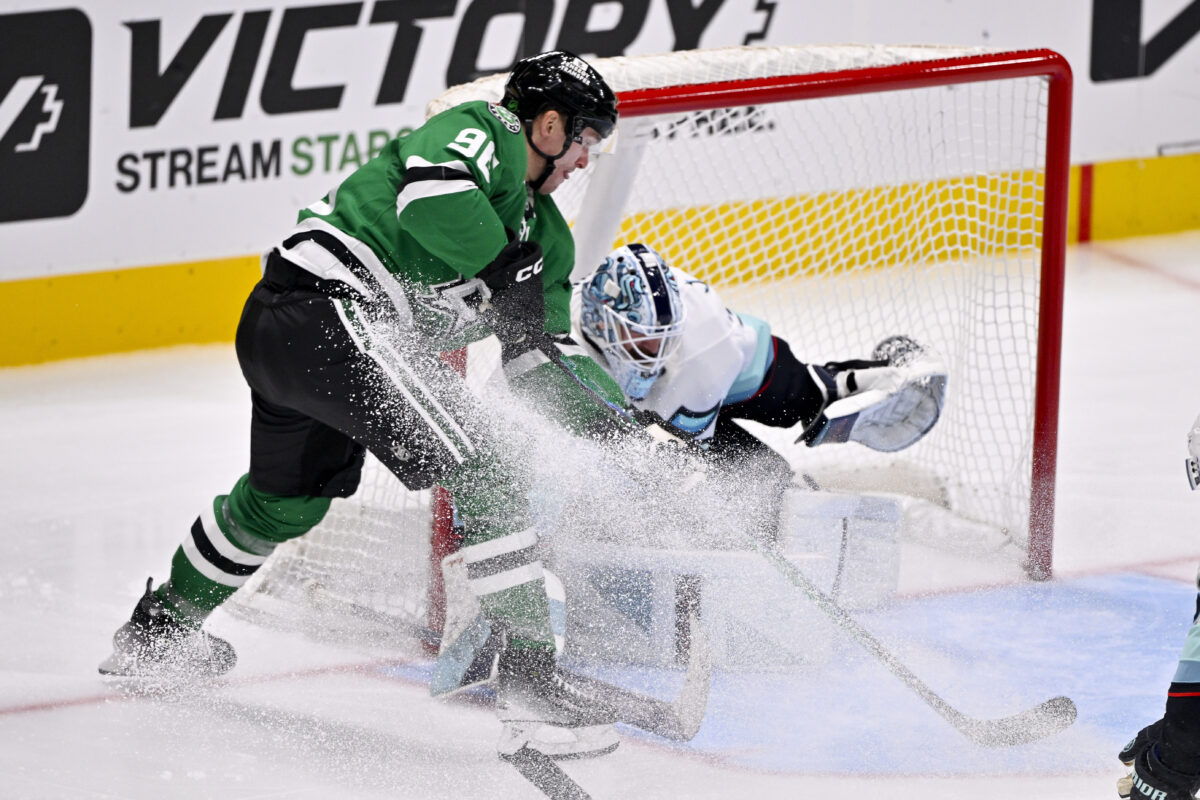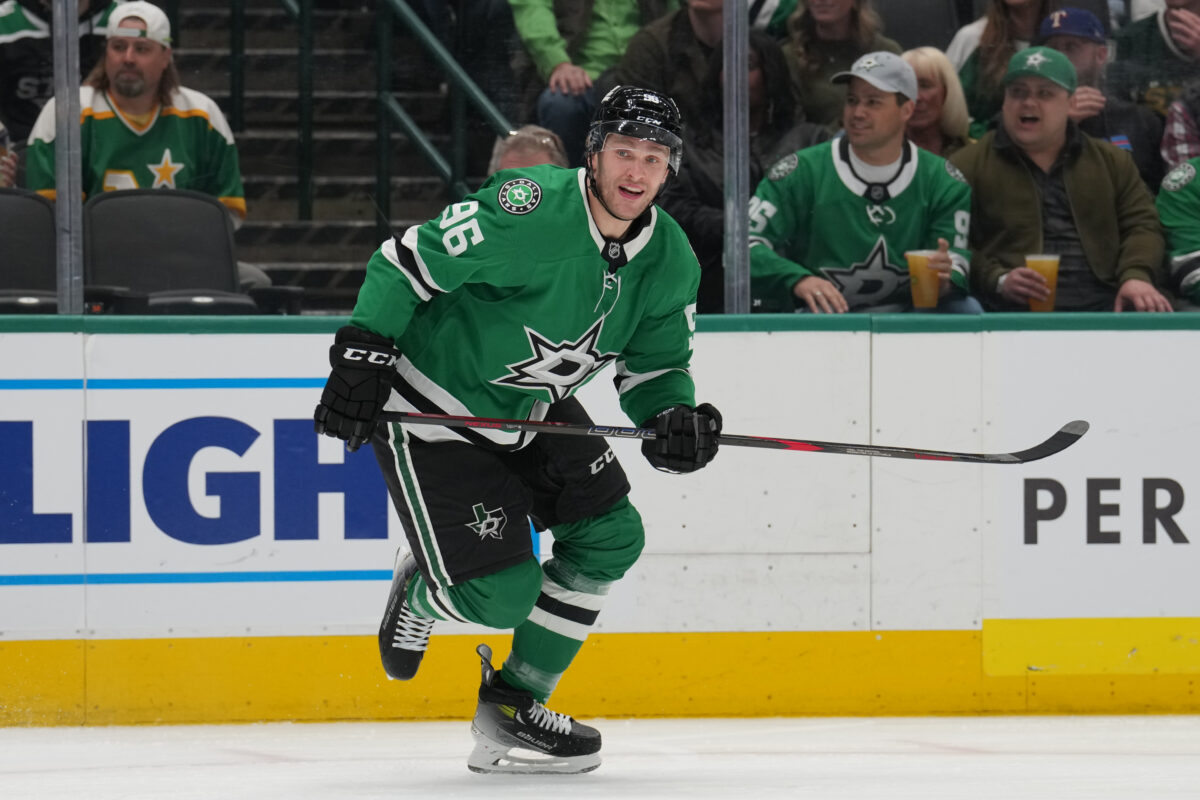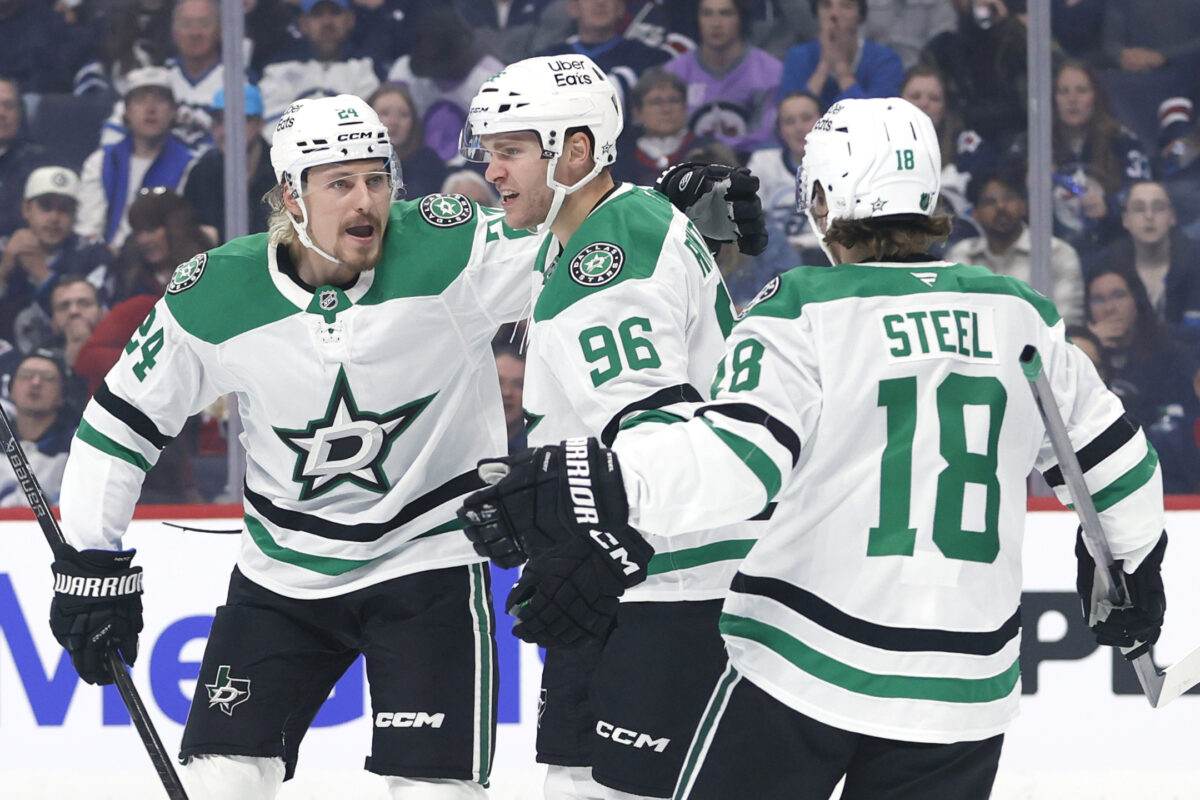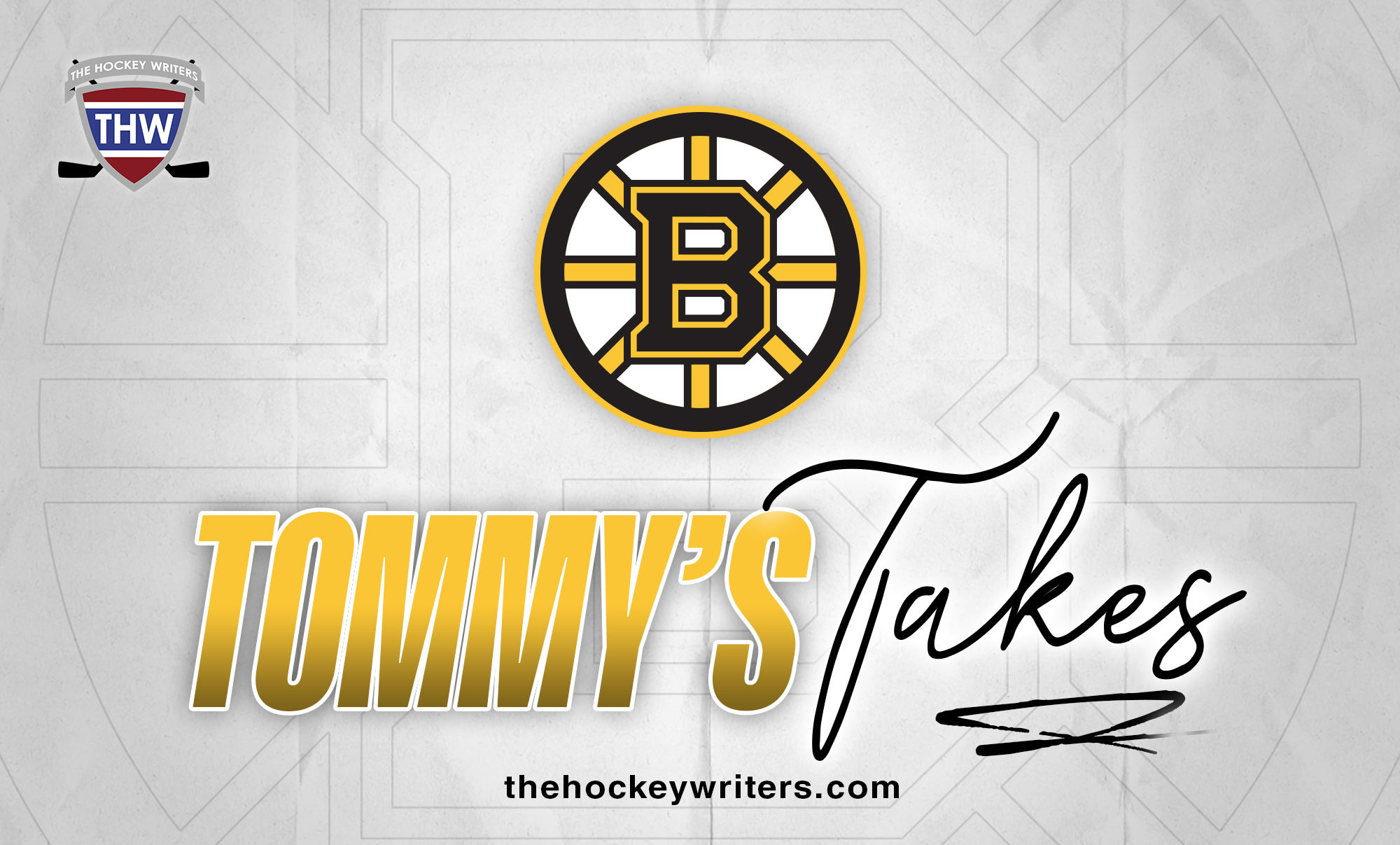In the modern NHL, reputation is usually built over a decade and cemented in stone. For ten years, Mikko Rantanen has curated a reputation as one of the league’s elite power forwards — a heavy, skilled winger capable of dominating possession and filling the net. He is known for his hands, his vision, and his ability to protect the puck along the wall. He is not, generally speaking, known as a headhunter.
But reputations can be surprisingly fragile, and the last seven days have introduced a volatile new chapter to the 29-year-old’s career.
Following a chaotic week that saw two opponents left battered and a mandatory intervention by the league office, the Dallas Stars forward has been handed a one-game suspension. It is the first suspension of his decade-long tenure in the NHL. Unlike most supplemental discipline that stems from a single egregious act, this ban is administrative in nature — a rigid application of NHL Rule 23.6 regarding the accumulation of game misconducts.
For the Stars, losing a top-line producer with 10 goals and 28 points in 22 games is a blow. However, for Rantanen, the concern extends beyond missing Tuesday’s contest against the Edmonton Oilers. He currently sits atop the league leaderboard in penalty minutes (57), a statistical anomaly for a scorer of his caliber, raising questions about discipline, timing, and the fine line between physical engagement and recklessness.
The Mechanism of Rule 23.6
To understand the suspension, one must look past the standard Department of Player Safety (DoPS) hearing process. There was no hearing required here because the NHL’s rulebook takes the decision-making power out of the hands of George Parros and his staff in this specific instance.

Under Rule 23.6 (Physical Infractions), the league tracks specific “general category” penalties. When a player incurs two game misconduct penalties for physical infractions within the same season — without a buffer of 41 consecutive games played without such a penalty — an automatic one-game suspension is triggered.
Rantanen triggered this clause in the span of just three games. It is a rare occurrence for a star player to fall afoul of this specific cumulative rule, which is generally the domain of fourth-line enforcers or agitators. That Rantanen, a player relied upon for offensive production, has found himself in this position suggests a frustration or a calibration issue in his physical play that Dallas coaching staff will undoubtedly need to address.
The Romanov Incident: Unintended Consequences
The sequence of events began on Nov. 18 during a 3-2 loss to the New York Islanders. With less than 30 seconds remaining in regulation, Rantanen drove a hit through Islanders defenseman Alexander Romanov. The result was immediate and visually jarring: Romanov went face-first into the boards, requiring assistance to leave the ice.
Related – 2-Goal 3rd Period Gives Islanders 3-2 Win Over Stars
The fallout has been severe for New York. The Islanders announced that Romanov requires shoulder surgery and faces a recovery timeline of five to six months, effectively ending his regular season.
While the outcome was catastrophic, the intent remains a point of debate. Rantanen’s defense — which he articulated post-game — relies on the physics of the play. He contends that he was clipped by Islanders defenseman Scott Mayfield just prior to contact, causing him to lose balance and stumble forward into Romanov at a dangerous distance from the boards.
“I never try to be dirty on purpose,” Rantanen stated, insisting he would never “bury a guy from behind” intentionally.

The Department of Player Safety seemed to agree with the “accidental” nature of the contact, as they declined to issue a fine or suspension for that specific hit in isolation. However, the on-ice officials assessed a five-minute major and a game misconduct. That misconduct became strike one.
The Coronato Hit: Strike Two
If the Romanov hit could be explained away by a loss of footing, Saturday’s incident against the Calgary Flames suggested a pattern of recklessness that the officials were no longer willing to tolerate.
During the contest against Calgary, Rantanen lined up Flames forward Matt Coronato. The resulting collision saw Coronato exit down the tunnel with a bloody face, though he would eventually return to the game. Rantanen was assessed a five-minute major for the hit, a five-minute major for fighting Jonathan Huberdeau — who stepped in immediately to address the hit — and the fateful 10-minute game misconduct.
Related – Cooley’s Brilliance Propels Flames to 3-2 Shootout Victory Over Stars
Stars coach Glen Gulutzan offered a tactical defense of his forward, noting the difficulty of the sequence. “Rantanen was committed to hitting Coronato,” Gulutzan said, pointing out that Coronato turned at the last minute. In hockey vernacular, this is the “turning your numbers” defense. It is a valid point in many scenarios; when a player alters their body position just before contact, the onus often shifts.
However, the onus is also on the hitter to recognize vulnerability. Given Rantanen’s recent history — less than a week removed from the Romanov incident — officials are naturally going to view his borderline hits through a less charitable lens. Strike two was called, and the automatic suspension was finalized on Sunday, Nov. 23, 2025.
A Confusing Duality: The Diver and The Enforcer
Perhaps the most perplexing aspect of Rantanen’s current season is the contradictory nature of his infractions. While he is currently being penalized for excessive physical force, he is simultaneously being penalized for faking it.
Just days before the suspension was levied, Rantanen was fined $2,000 on Friday for a second offense for Diving/Embellishment.

For a player to be fined for embellishment and suspended for dangerous physical play in the same 72-hour window is statistically and tonally bizarre. It paints a picture of a player who is struggling to find the correct emotional engagement in the game. He is either doing too much to draw a call, or doing too much to finish a check. Both extremes are symptoms of a player potentially pressing too hard or losing focus on the disciplined, whistle-to-whistle game that made him a star.
The Road Ahead for Dallas
The Stars now face a brief period of adjustment against the Oilers, but the long-term implications are more significant. Rantanen is a vital piece of their offensive core. His ability to produce points is unquestioned, but his sudden ascent to the top of the league’s penalty minute rankings is a liability the Stars cannot afford as the season grinds toward the midway point.
Rantanen has maintained that he doesn’t read the press and tries to ignore the noise. But the noise is now coming from the league office in the form of suspension notices and fines.
The challenge for Rantanen upon his return will be recalibration. He needs to strip the “game misconducts” and “embellishment fines” from his game while keeping the edge that allows him to score 10 goals in 22 games. The NHL is a fast league, and as Romanov and Coronato can attest, the difference between a hard check and a dangerous play is often a matter of inches and split-second decisions. Rantanen has burned through his margin for error; the next time he lines up a hit, everyone — officials included — will be watching.
AI tools were used to support the creation or distribution of this content, however, it has been carefully edited and fact-checked by a member of The Hockey Writers editorial team. For more information on our use of AI, please visit our Editorial Standards page.




